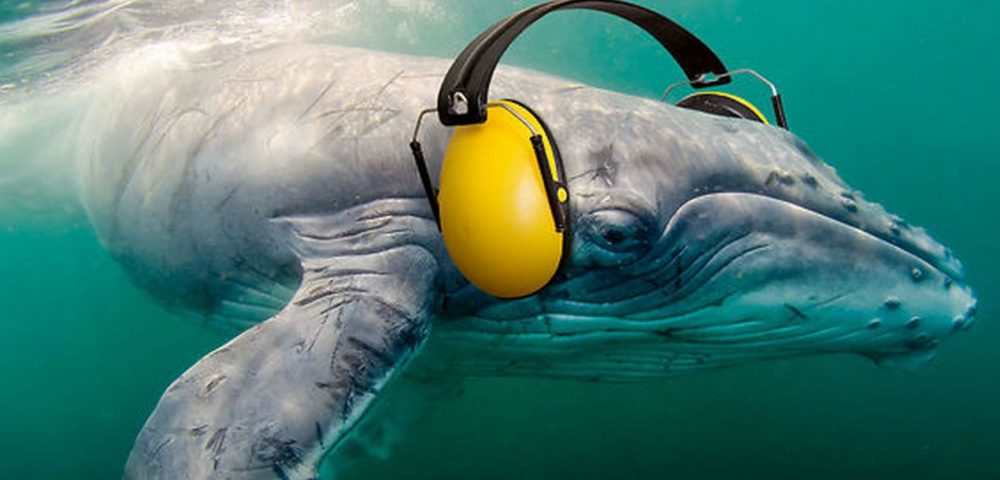- August 22, 2023
Description
Aquatic animals rely on underwater sound for critical life functions such as localization, communication, foraging, and mating. With the significant increase in human marine activity, our seas have become populated with boats and ships that project high-powered Radiated noise (URN) radiated noise (URN) that propagate over large areas up to 20 square kilometers. The effects of shipping URN on animals’ behavior include communication disorders, loss of navigation capability, and decreased foraging activity. The main goal of our project is to quantify the impacts of shipping disturbance on the behavior of the Bottlenose dolphin (Tursiops truncatus). The analysis focused on 3 elements:
1. Detection and characterization of dolphin emissions (expected detection distance was 500 m).
2. Detection and description of nearby vessels (expected detection distance was 5 km).
3. Comparison of features in dolphin vocalization based on the existence of vessels.The results showed that the dolphins alter their whistle production in the presence of vessel noise. The conclusion will serve policy makers in the coming discussions on measuring underwater radiated noise in a vessel’s annual sailing test.



